What Paw Paw varieties are best for pacific northwest?
eukofios
12 years ago
Featured Answer
Sort by:Oldest
Comments (13)
Embothrium
12 years agoeukofios
12 years agoRelated Discussions
Paw Paw pollination
Comments (20)Seriously, Murky, what you just suggested is brilliant! GREAT IDEA! For one, you are 100% right, I've already got fruit tree fever bad enough that I KNOW I'm going to learn how to graft this summer! I'll probably be doing silly things like taking scion from one tree and putting it on another and vice versa, even though I'll have both varieties in full, just so I can practice and learn to graft. Second, your plan would leave me with some good sized paw paws in a few years, at which time I can 1) do what you suggested and topwork them with better variety if I need to. Also, since I have plenty of space in my "orchard" I can still buy and plant some better varieties in the next few years if I want to. Then if the seedlings don't work out, I can either cut them down or rework them. In short, your suggestion would only cost me about $30 dollars now and would give me several options in a few years, whereas if I do nothing and/or just keep looking for the "right" pawpaw, I may easily let a year or two slip by with no progress. Can I please ask one related but slightly off topic question? I have a good looking mature, but healthy, crabtree that is probably 6-8 inch diameter trunk. I'd like to topwork it into a good fruiting apple, which I've read is very possible. But here is my question....which would be FASTER (in terms of getting a good fruit producing apple tree that is producing a good crop)....topworking my crabapple or cutting it down and just planting a new, potted, 5-6 foot apple tree? On one hand, the top worked tree obviously already has a large, well developed root system that could support a new top graft. But on the other hand, a 5-7 foot tall tree that already has SOME roots that are ready to start spreading/growing seems like it is at least 2 years ahead of the small scion I'd need to graft onto the 3-4 foot stump, and there graft would take some time to heal and start growing (I assume). I've wondered about this for a long time and for other situations I have. So, in short, is it faster to plant a good, tall, root balled tree or to cut down a decent tree and top work it with new scion. (This assumes I have both available, and that the topwork graft is successful). Thanks...See MoreMY Paw Paw trees arrived
Comments (7)ottawan, Sorry I had forgotten about me making this posting. The results where not to promising. I ended up with four of trees from the same source. I stored them in the same way and in the same place for winter. A friend of mine grafted a small scion from other paw paws on each of the four trees while they where still in the small pots. Spring arrived and I decided to plant two of the in the yard. One died the other just sent up a sucker shoot from ground level. The other two I left in the small planting pots. It looks like the one is doing nothing and the other is sending up shoots from the ground but it also sent out new buds that I kept breaking off because of having the graft on it. The graft never took so I removed it. In fact all of the grafts failed. I keep watering both of them to see what happens down the road a bit. Sorry I made you wait for results. Lou...See MorePawPaw, cherimoya... In New Orleans?
Comments (5)Help!! Have been looking for PawPaw trees! Does anyone have a source, what are the growing conditions! I know I will need two trees, but dn't know the size of this tree or its growing conditions. Can anyone tell me something about this tree? Have heard about it since I was a child, but no one coudl tell me much about it!!! Thank you!!!!!!!...See Morepaw paw growing questions (need advice to get started)
Comments (5)Edible Landscaping is a good choice. Potted pawpaws will be pretty small most likely, either that or shipping can be $$. I've ordered most of my pawpaws bareroot and those are generally best planted in early spring. Pawpaws are are sometimes tricky to establish and it is commonly recommended that you shade the plants for the first season (depending on how small/young the plants are. As I've planted bareroot ones, which are generally larger, I have not had to shade any of mine. You chose good varieties (I have Shananndoah among others) and I've heard good things about the others. I tried grafting Mango this year, but I don't think weather cooperated enough for it to take. You on will need to keep these plants well watered, and naturally they like areas with soil that retains water well. Do not amend the planting hole, your goal is to encourage the roots to grow out in search of sustenance, not spiral around and around in the best soil that you amended. DO mulch well (and if you have compost or other "amendments" put them down on the surface before you mulch. Don't make the mistake of planting too deeply. When all is done the first feeder roots should be just under the mulch or just below the compost surface. Keep the mulch a couple inches from the stem and go out a couple feet. if deer are a regular problem, you will definitely want to protect them. Although I find that for me possums and raccoons are a problem as well. Im jealous as I've never made it to the pawpaw festival. I'm close enough but as a teacher there is no way I can fit that into my schedule at that time of year. other good nurseries are www.nuttrees.com and www.burntridgenursery.com as well as rolling river nursery. Chills...See Morefabaceae_native
12 years agojethro75
12 years agoskyjs
12 years agobear_with_me
9 years agoBradybb WA-Zone8
9 years agolarry_gene
9 years agovincentkim8b
4 years agolast modified: 4 years agoJoe Burke
5 months agoLindsay Hanley
2 months agovincentkim8b
2 months ago
Related Stories
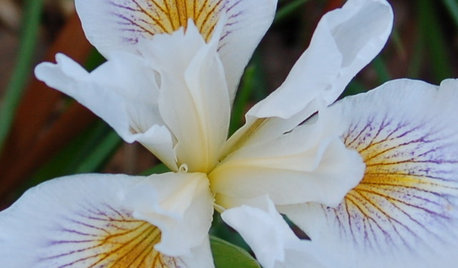
GARDENING AND LANDSCAPINGGreat Design Plant: Pacific Coast Iris
Plant this West Coast native for stunning, intricate blooms from January through May
Full Story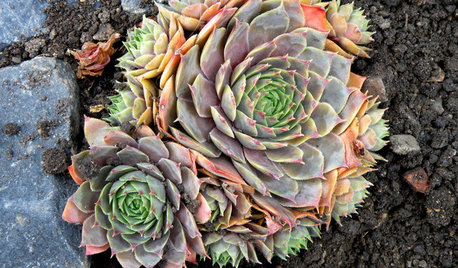
GARDENING GUIDESGreat Design Plant: Hens-and-Chicks
Plant Sempervivum succulents for fuss-free garden color and character all year
Full Story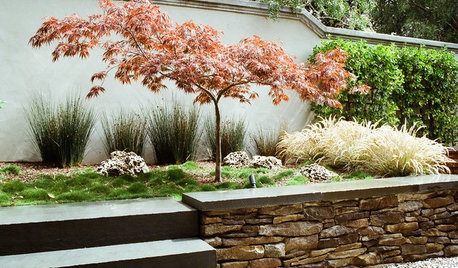
GARDENING AND LANDSCAPINGGreat Design Tree: Japanese Maple
Lacy form and fiery fall color make Japanese maple a welcome tree for garden or patio
Full Story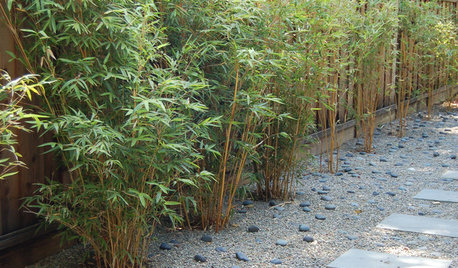
GARDENING GUIDESGreat Design Plant: Alphonse Karr Bamboo
Bamboo gets a bad rap in the garden, but this clumping variety creates an exotic landscape look with less aggressiveness
Full Story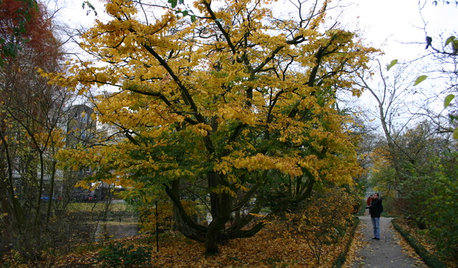
GARDENING AND LANDSCAPINGGreat Design Tree: Persian Ironwood
Plant this unusual deciduous stunner for seasonal interest year-round
Full Story
GARDENING GUIDESGreat Design Tree: The Dove Tree
With distinctive fluttery flowers and a height that towers over the landscape, the dove tree provides a respite from the summer sun
Full Story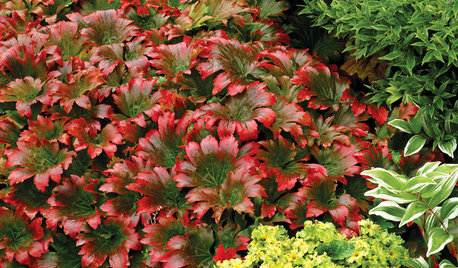
RED FOLIAGEGreat Design Plant: Red-Leafed Mukdenia
Creamy white blossoms give way to splashes of scarlet with this energetic, dramatic ground cover
Full Story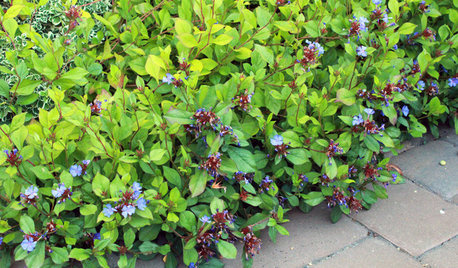
GARDENING GUIDESGreat Design Plant: Plumbago
A multifacted ground cover with an enormous range, plumbago solves landscape problems with panache
Full Story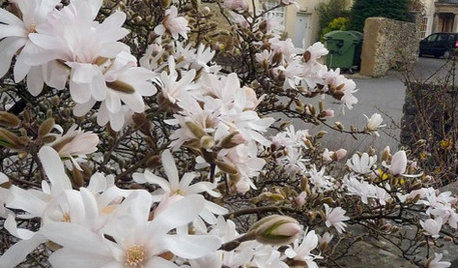
GARDENING AND LANDSCAPINGGreat Design Tree: Star Magnolia
Winter-blooming magnolia is a stellar plant for all seasons
Full Story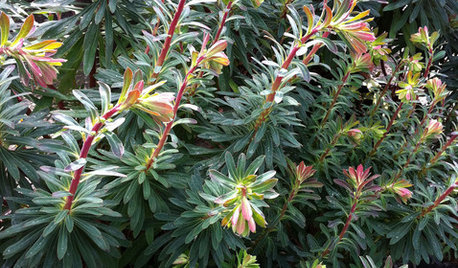
GARDENING GUIDESGreat Design Plant: Euphorbia
The daring colors and low water needs of this tropical plant make it a favorite for injecting life into tired landscapes year-round
Full Story


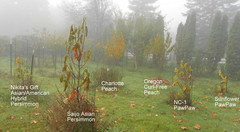
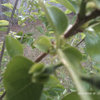
vincentkim8b